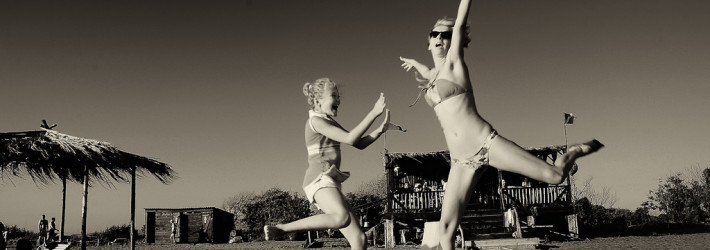Children are not set. They mirror us. If we teach tolerance they learn tolerance. If we model understanding they become understanding. Identifying motive or reasons for action leads one naturally to look for the good in people and this is empathy.
What are the benefits of empathy?
According to the authors of this book it ‘operates on the same neural pathways as forgiveness and it fosters more trust and cooperation.’ In this way, empathy can improve peer to peer relationships as well as those within the family such as with siblings.Another key to building empathy is tied up in the notion of self-regulation. The authors argue that in order to recognise the feelings of others we must be able to identify those feelings in ourselves. Parents who tell a child how to feel inhibit the ability of that child to analyse and understand their own feelings. For example, telling a child ‘don’t be sad’ or ‘you have no reason to be angry’ or ‘of course you are hungry, eat!’ overrides their perception of themselves. We need, they maintain, to trust our children to learn about their own emotions. A sense of self is integral to self-esteem. It is the place where we learn to say no and where we demarcate our boundaries. It gives us confidence in our ability to make decisions which are essential if we are to successfully navigate the world. There is perhaps no greater lesson than this. Without trust in ourselves, how can we trust anyone else?
Perhaps the most interesting route to teaching empathy is the approach the Danes have to storytelling. We are all familiar with the fairy tales we tell, the happy every after endings in which Cinderella always gets her man. According to the authors this is a missed opportunity to discuss difficult emotions and build empathy. The Danes read bed-time stories too, but the content is not filtered through a happy ending paradigm. They do not shy away from stories with more challenging content. Indeed, the original Little Mermaid story is vastly different to the Disney version in which she and the prince ultimately get together. In the Danish version he dies and turns into sea foam. Now, that might seem shocking to many and no doubt there are some out there who think that a child need not be exposed to such unhappiness, but I think that they might surprise you. As the authors of this book suggest (and with which I am in complete agreement) children are ‘incredibly receptive. They want to talk about all kinds of things.’
Understanding that life has a natural ebb and flow, that it goes both up and down, needn’t be a bad thing. If we open, and are open to, all channels of communication, this will enable a child to talk about and process different kinds of thoughts and feelings, including worries and concerns. Talking about such things in a calm and rational manner develops a child’s reasoning and sense of robustness and it will help develop some resilience to future problems.
